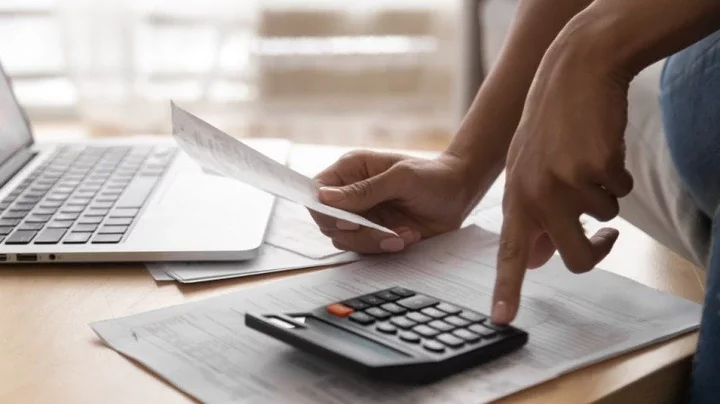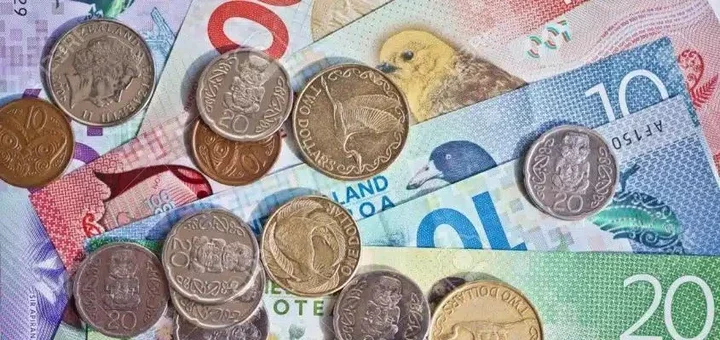
Saving money can seem difficult, but it can become easy with the right tips. First, figure out how much you spend. Write down all your costs, such as coffee, household items, and bills. Use a pen, spreadsheet, or a free app to track your spending.
Sort your spending into categories like gas, food, and rent. Add up your costs with your bank and credit card statements. Knowing your monthly expenses helps you make a budget. This way, you can control your spending and save more.
Make sure to save some money in your budget. Start with an amount you're okay with and aim to add more over time. Using online tools can help you manage your money better.
Key Takeaways
Track your expenses to understand your spending patterns
Create a budget that includes a savings category
Start with a comfortable savings amount and gradually increase it
Utilise free online tools and apps to manage your finances
Develop a savings mindset to make it a long-term habit
Uncover Your Spending Habits
Track your spending to find where you can save. Write down every coffee, item, and tip you give. Include monthly bills, too. You can use a notebook, a spreadsheet, or a free app to log your spending. Sort your spending into groups like gas, food, and rent.
Check your credit and bank statements to make sure you've recorded everything.
Track Your Expenses
After recording your spending, make a budget. This shows how your expenses match up with your income. It helps you plan and avoid spending too much.
The average person spends about £3,639 a year on eating out. That's £303 a month. You could save a lot by not spending for a month, depending on how you spend and what you owe.
| Food Outside the Home | £3,639 | £303 |
| Groceries | £4,200 | £350 |
| Utilities | £2,400 | £200 |
| Transportation | £3,000 | £250 |
Draft a Budget
Making a budget is key to managing your money well. After tracking your expenses, you can make a budget that matches your income. This helps you plan your spending and avoid spending too much.
Don't forget to include costs that don't happen every month, like car upkeep or bills that come less often. Also, make sure to save some money each month. Start by saving a bit, then try to save more, 15 to 20% of your income if you can.
If saving money is difficult, consider cutting back on things you don't really need. Look for ways to spend less on fun things like going out or eating in restaurants. Also, see if you can save money on regular bills like car insurance or your phone plan.
| Needs | Up to 50% of income |
| Wants | Up to 30% of income |
| Savings and Debt Repayment | At least 20% of income |
Getting your budget right is all about finding the right balance. Make a good budget and stick to it to get closer to financial security.
Reduce Unnecessary Expenses
Working to reduce expenses and cut costs is key. Look for ways to spend less on things you don't need. This frugal living way can help your wallet.
Trim Non-Essentials
First, check your monthly spending. Find places to spend less, like having fun and eating out. Look for free or cheap fun in your area. Cancel any memberships you don't use to save cash.
Try to cook most meals at home. But it's okay to treat yourself sometimes by finding restaurant deals. Waiting a bit before buying things you don't need helps you decide if you want them.
This habit helps you spend on things you need, not just what you want. It also improves your spending's alignment with your money goals.
| Increase insurance deductibles | 25% on insurance premiums |
| Install home safety features | Reduced home insurance rates |
| Consolidate high-interest debt | Eliminate debt in 3-5 years |
By reducing expenses and cutting costs smartly, you can save money. Use this money to save for emergencies, pay off debt, or plan for the future.
"How to Save Money, save money"
Saving money is key to managing your finances well. Start by thinking about what you want to save for. This could be for short or long-term goals.
Short-term goals might include an emergency fund, a holiday, or a car down payment. Long-term goals could include a home, education, or retirement. Knowing what you want to save for helps you plan better.
It's important to prioritize your savings goals. Setting a small goal for something fun can help. This could be a new phone or holiday gifts. It makes saving money fun and achievable.
| Emergency Fund | £3,000 - £6,000 | N/A |
| Vacation | £2,000 - £5,000 | N/A |
| Car Down Payment | £5,000 - £10,000 | N/A |
| Home Down Payment | N/A | £20,000 - £50,000 |
| Home Remodelling | N/A | £10,000 - £50,000 |
| Child's Education | N/A | £50,000 - £100,000 |
| Retirement | N/A | £500,000 - £1,000,000 |
By setting clear savings goals, you can better plan your finances. This helps you make smart choices and use your money wisely, leading to a more secure financial future.
Choose the Right Savings Accounts
There's no single way to save money that works for everyone. Luckily, there are many options for saving and investing. By looking at each account's features, you can make a plan to save more.
Short-Term Savings
If you need money fast, like for an emergency or a house down payment, consider FDIC-insured accounts. These include traditional savings accounts and certificates of deposit (CDs). Traditional savings accounts usually have a low interest rate, but high-yield savings accounts can offer more, over 3%.
CDs often have rates from 4.70% to 5.26% for a year, making them a good choice for saving money for a bit longer.
Long-Term Savings
Look at tax-advantaged accounts for future savings, like retirement or your child's college. These include IRAs and 529 plans. They usually have higher interest rates than regular savings accounts.
Money market accounts (MMAs) might offer an interest rate of up to 5.30%. Cash management accounts can earn about 4.75% to 5.50%.
Consider investing in stocks or mutual funds if you're okay with some risk. These can give you higher returns but are more unpredictable.
It's key to pick the right mix of accounts for your goals. This way, your money will work best to reach your financial dreams now and in the future.
Automate Your Savings
Saving money can be hard, but automating it makes it easier. Many banks let you set up automatic transfers to your savings. This way, you don't have to think about it. It makes sure you save a bit of your money every time.
Credit card rewards programmes are also great for saving. They add a bit of spare change from your spending to your savings. It's a simple way to save money without even trying.
32% of Britons do not have enough money to cover a £400 emergency
High-yield savings accounts can offer rates up to 10 times higher than the national average
Online-only banks often provide the most attractive interest rates for savings accounts
Automating your savings helps you build wealth slowly but surely. Direct deposit can put money into your savings without you thinking about it. Apps that save spare change make it easy. You can also set up automatic payments for retirement.
| Recurring Checking-to-Savings Transfers | Consistent, hands-off savings contributions |
| Split Direct Deposit | Allocate a portion of your paycheck to savings |
| Round-Up Savings Apps | Effortlessly save spare change from everyday purchases |
| Employer-Sponsored Retirement Plans | Automated retirement savings with potential employer contributions |
Automating your savings helps you save money with little effort. It lets your money grow over time without you doing much. This is a great way to secure your financial future.
Evaluate and Adjust
Budgeting and saving money are not just for one time. They are something you need to keep doing. Checking your budget often helps you stay on track. It lets you see if you're saving enough and finds problems early.
Learning how to save can lead you to find more ways to save. Small changes can make a big difference. Don't be scared to try new things and change your plan. Keep track of your progress to make sure you're doing well.
Set Realistic Savings Goals
Try to save 15 to 20 percent of what you earn. You can split this into short and long-term goals:
Short-term goals could include saving for an emergency fund, a holiday, or a car deposit.
Long-term goals might be saving for a house, a home improvement, your child's education, or retirement.
Choose the Right Savings Accounts
Think about using savings accounts or CDs for your money. These are safe and earn some interest. Setting up automatic transfers can help you save more easily.
| The average savings account APY was 0.57 percent as of Dec. 22, 2023. | Credit card purchase APRs averaged about 20.74 percent by the end of the year. |
| After 11 Federal Reserve rate hikes since March 2022, credit card APRs ended at around 20.74 percent. | Earning cash back through credit card purchases is a good way to save more. |
Checking your budget and savings often helps you adjust your budgeting tips, savings goals, and financial planning. This keeps you on track and helps you reach your financial goals.
Conclusion
Saving money is about planning, being disciplined, and being creative. It's hard but very rewarding. You can grow your money by knowing how you spend, making a budget, cutting costs, and saving automatically. Always check on your savings and change your plan if needed.
With focus and determination, you can make good money habits. These habits will help you for many years. Saving for emergencies, retirement, or big goals is easier if you start using compound interest early.
It's not just about saving money. It's about being responsible with your finances. By using these tips daily, you'll better manage money. This means less stress and a brighter financial future. You can be more financially free and prosperous with hard work and smart choices.

















Comments